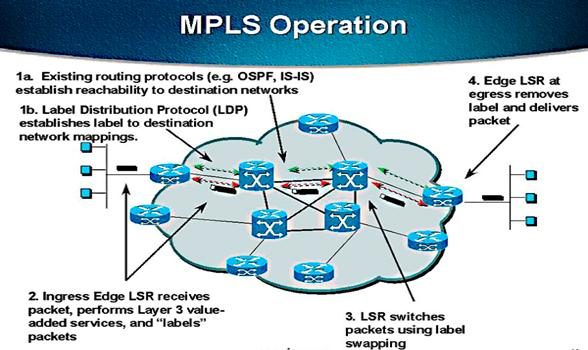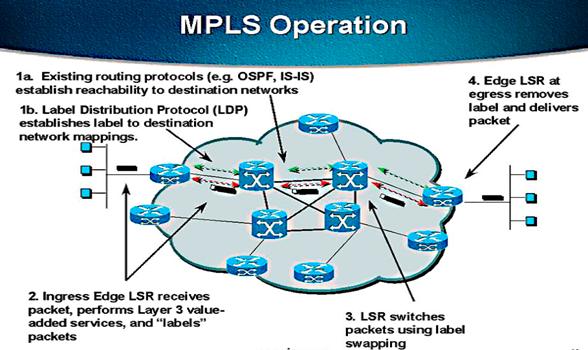Shape Your Network Traffic and Speed Up the Flow: MPLS Can Help You Streamline Your Applications
What is MPLS? Multiprotocol label switching is the easy answer. That doesn’t really answer the more in depth questions though and it certainly doesn’t give you the reason why you might be interested in using it for the network your business is running. If you find that you often get a bottleneck with your network traffic leading to reduced speed and bandwidth allowance then maybe switching to MPLS is the way forward for you.
The Benefits of Using MPLS
Traditional IP routing would send a packet to each router and then the router would perform an IP lookup before deciding the best route to send it on its journey. This means that depending on how far it has to travel, there could be a large number of IP lookups being performed. This can lead to slower traffic due to each individual router performing its own decision making on where the next step should be as well as taking the time to perform the IP lookup. So what is MPLS?
MPLS removes the need for performing an IP lookup at every stage by attaching a label to the packet. The label holds the information of the final destination of the packet and decides at the source the best route to take. This means that at each step all the router has to do is read the label and then send the packet on to the next step. There is no need to do an IP lookup and no need to work out the best path at each stage. While modern day routers have made it a lot easier to do IP lookups at high speeds, the cost increase means that from a financial perspective MPLS is the most cost effective way to have a high speed network.
It isn’t only the advantage that MPLS has though. There might be times in the day where your user base is a lot higher than others. Or they are doing more bandwidth intensive tasks. During these situations using a traditional IP routing network you may experience a bottleneck that affects the speed of the network. MPLS alleviates that bottleneck by using traffic engineering techniques. Basically that means that MPLS doesn’t choose the shortest path every time, sometimes it will choose the path with the least traffic in order to reduce any blockages and to increase the overall speed of the network, more information on the traffic engineering techniques used by MPLS can be found at cisco.com. This technique enables your network to perform at optimal efficiency at all times.
Summing Up
MPLS is not for everyone, to work over a WAN it requires a great deal of cooperation with your service provider and that means you may lose some control over the destination of your traffic. That is a small drawback when you take into account the potentially huge increases in network speed as well the decrease in costs. Using MPLS on your network could halve costs and increase network efficiency by up to four times. If you are willing to sacrifice a small amount of control for these massive benefits then MPLS is for you.
















